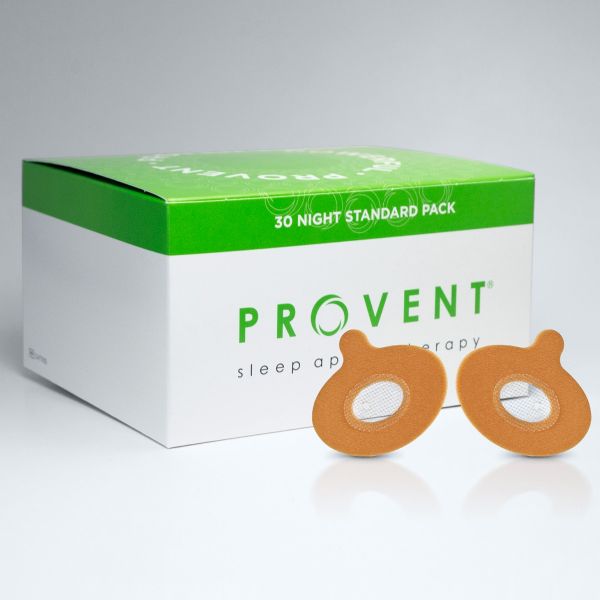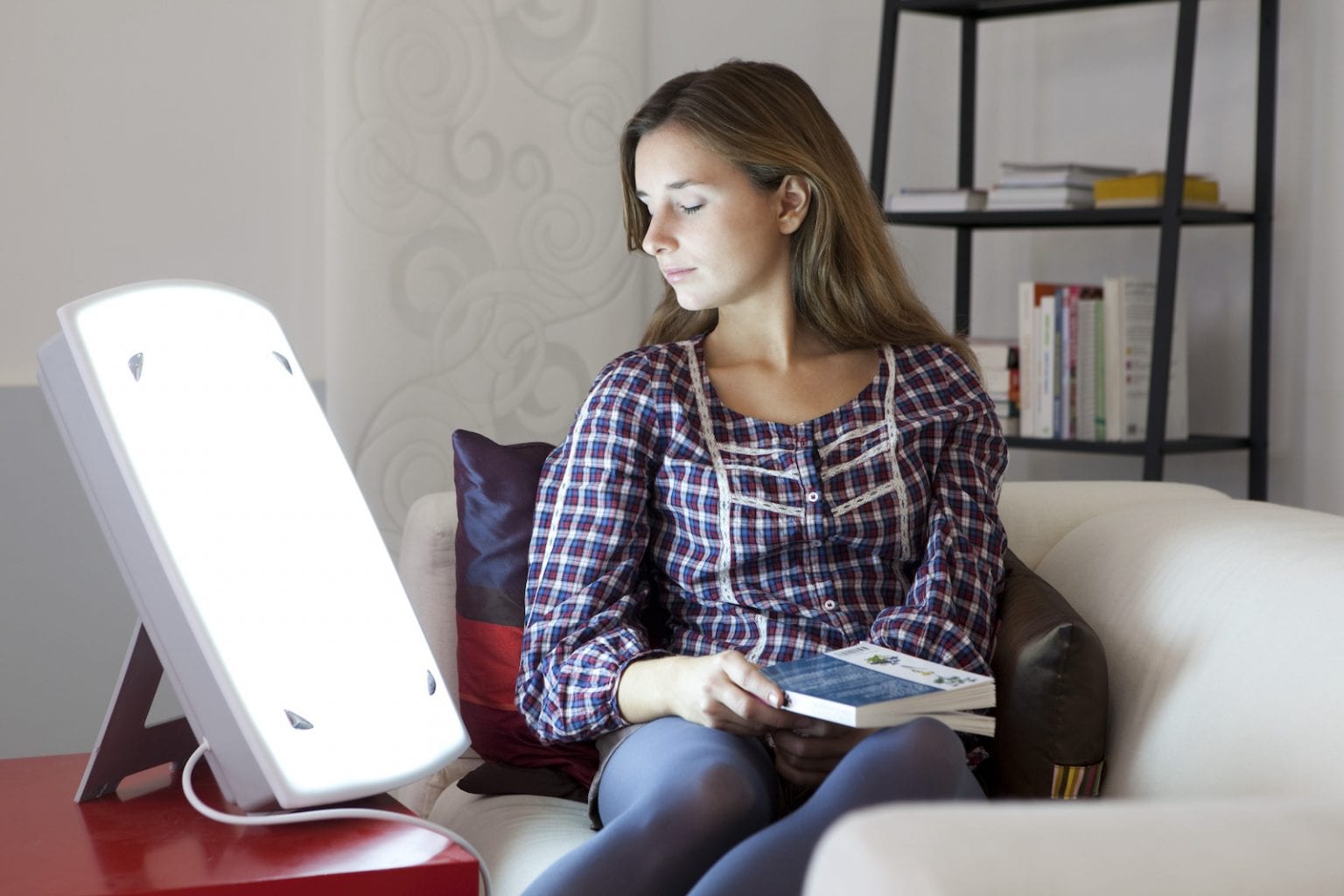Reliable Insomnia Therapy - Regain Your Restful Nights
Reliable Insomnia Therapy - Regain Your Restful Nights
Blog Article
Reliable Treatment Solutions for Taking Care Of Rest Disorders and Enhancing Relaxing Sleep
In the realm of health care, the monitoring of sleep disorders and the mission for peaceful sleep are essential parts of overall health. Reliable treatment services supply a diverse method to tackle these obstacles, ranging from cognitive behavioral treatments to all natural methods that promote leisure and mindfulness. The exploration of various methods, consisting of the combination of medication and light treatment, opens up a realm of possibilities in the pursuit of better sleep top quality. As we browse the complex landscape of sleep conditions and look for to boost our sleep experience, a much deeper understanding of these treatment remedies may hold the key to opening a more refreshing and fulfilling corrective journey.
Cognitive Behavior Modification for Sleeplessness (CBT-I)
Cognitive Behavioral Therapy for Sleep Problems (CBT-I) is an organized, evidence-based therapy approach that concentrates on resolving the hidden aspects adding to sleep disturbances. This type of therapy intends to change actions and thoughts that aggravate sleeplessness, inevitably advertising healthy rest patterns. CBT-I typically involves a number of key components, including cognitive treatment, sleep restriction, stimulus control, and rest hygiene education.
Cognitive therapy helps people identify and alter unfavorable thought patterns and ideas concerning rest that may be impeding their capability to drop or stay asleep. Sleep constraint involves restricting the quantity of time spent in bed to match the individual's actual rest period, consequently raising rest effectiveness (insomnia specialist). Stimulation control methods help develop a strong association in between the bed and rest by urging people to head to bed only when drowsy and to prevent participating in boosting tasks in bed
In addition, sleep hygiene education and learning concentrates on creating healthy rest routines, such as preserving a consistent rest routine, developing a relaxing bedtime routine, and maximizing the rest environment. By resolving these aspects thoroughly, CBT-I uses an effective non-pharmacological treatment for handling sleeplessness and improving total sleep top quality.
Sleep Health Practices
Having developed the structure of cognitive restructuring and behavioral alterations in resolving sleep problems with Cognitive Behavior modification for Insomnia (CBT-I), the focus currently shifts towards checking out crucial Rest Hygiene Practices for maintaining ideal sleep top quality and general health.
Sleep hygiene techniques encompass a variety of habits and environmental variables that can considerably influence one's capacity to drop off to sleep and stay asleep throughout the night. Constant rest and wake times, producing a relaxing bedtime regimen, and maximizing the sleep atmosphere by maintaining it dark, silent, and cool are essential elements of excellent rest hygiene. Restricting direct exposure to displays prior to going to bed, avoiding stimulants like caffeine near bedtime, and participating in routine exercise throughout the day can likewise promote much better sleep high quality.
Additionally, practicing relaxation techniques such as deep breathing workouts or meditation before bed can aid relax the mind and prepare the body for rest. By incorporating these sleep health methods right into one's everyday routine, people can develop a healthy rest pattern that sustains peaceful rest and overall wellness.
Relaxation Methods and Mindfulness
Applying relaxation strategies and mindfulness techniques can play an essential duty in fostering a sense of tranquility and advertising top quality sleep. insomnia solutions. These techniques aim to silent the mind, decrease stress and anxiety, and develop an ideal setting for peaceful rest. One commonly practiced approach is deep breathing exercises, where people concentrate on slow, deep breaths to loosen up the body and mind. Dynamic muscular tissue relaxation entails tensing and after that releasing each muscle mass group, promoting physical relaxation. In addition, led imagery can assist transfer people to a serene area in their minds, assisting in stress and anxiety reduction and enhancing rest top quality.
Mindfulness confusional arousal disorder practices, such as meditation and yoga, are likewise efficient in promoting leisure and boosting rest. Mindfulness urges individuals to stay present in the moment, letting go of fret about the past or future. By incorporating these practices into a going to bed regimen, people can signify to their bodies that it is time to prepare and take a break for rest. On the whole, incorporating relaxation methods and mindfulness methods can dramatically add to taking care of sleep disorders and enhancing overall sleep quality.

Medication Options for Sleep Disorders
After checking out leisure methods and mindfulness practices as non-pharmacological interventions for enhancing rest quality, it is vital to think about medicine alternatives for people with sleep disorders. In situations where way of life adjustments and therapy do not provide adequate relief, medication can be an important tool in handling rest disruptions.
Typically recommended drugs for sleep conditions include benzodiazepines, non-benzodiazepine hypnotics, antidepressants, and melatonin receptor agonists. Benzodiazepines, such as diazepam, are sedatives that can assist cause sleep, yet they are typically recommended for short-term use due to the threat of dependence. Non-benzodiazepine hypnotics like zolpidem are likewise utilized to treat sleeping disorders and have a lower danger of dependancy contrasted to benzodiazepines. Antidepressants, such as trazodone, can be valuable for people with co-occurring depression and rest disruptions. Melatonin receptor agonists, like ramelteon, target the body's all-natural sleep-wake cycle and can be valuable for managing rest patterns.
It is important for people to speak with a healthcare service provider to figure out one of the most suitable drug choice go to these guys based on their specific rest disorder and case history.
Light Treatment for Circadian Rhythm Law
Light therapy, also referred to as photo-therapy, is a non-invasive therapy technique used to manage circadian rhythms and boost sleep-wake cycles. This therapy entails exposure to bright light that mimics natural sunlight, which aids to reset the body's inner clock. By subjecting individuals to certain wavelengths of light, normally in the early morning or night relying on the preferred impact, light therapy can effectively change the circadian rhythm to promote wakefulness throughout the day and boost relaxing rest in the evening.
Research study has shown that light treatment can be particularly useful for individuals with circadian rhythm problems, such as postponed sleep phase disorder or jet lag. It can also be handy for those experiencing seasonal depression (SAD), a kind of clinical depression that normally occurs during the winter months when natural light exposure is navigate to this website minimized. Light treatment is normally well-tolerated and can be made use of combined with other therapy methods for sleep conditions to enhance results and boost overall sleep quality.
Conclusion
To conclude, effective therapy services for managing sleep disorders and boosting relaxing sleep include Cognitive Behavior modification for Insomnia (CBT-I), sleep hygiene techniques, leisure strategies and mindfulness, medication options, and light therapy for body clock regulation. These techniques can assist individuals improve their rest quality and total health. It is very important to seek advice from with a doctor to identify the most suitable method for attending to sleep issues.
As we browse the detailed landscape of rest conditions and seek to enhance our sleep experience, a much deeper understanding of these therapy solutions might hold the trick to opening a more rejuvenating and fulfilling restorative journey.
Rest limitation entails limiting the quantity of time spent in bed to match the individual's actual rest duration, therefore increasing sleep performance. Constant rest and wake times, producing a relaxing bedtime regimen, and enhancing the rest environment by keeping it dark, quiet, and cool are crucial parts of excellent rest hygiene. Light treatment is usually well-tolerated and can be used in combination with various other treatment approaches for sleep conditions to maximize end results and boost general rest high quality.

Report this page